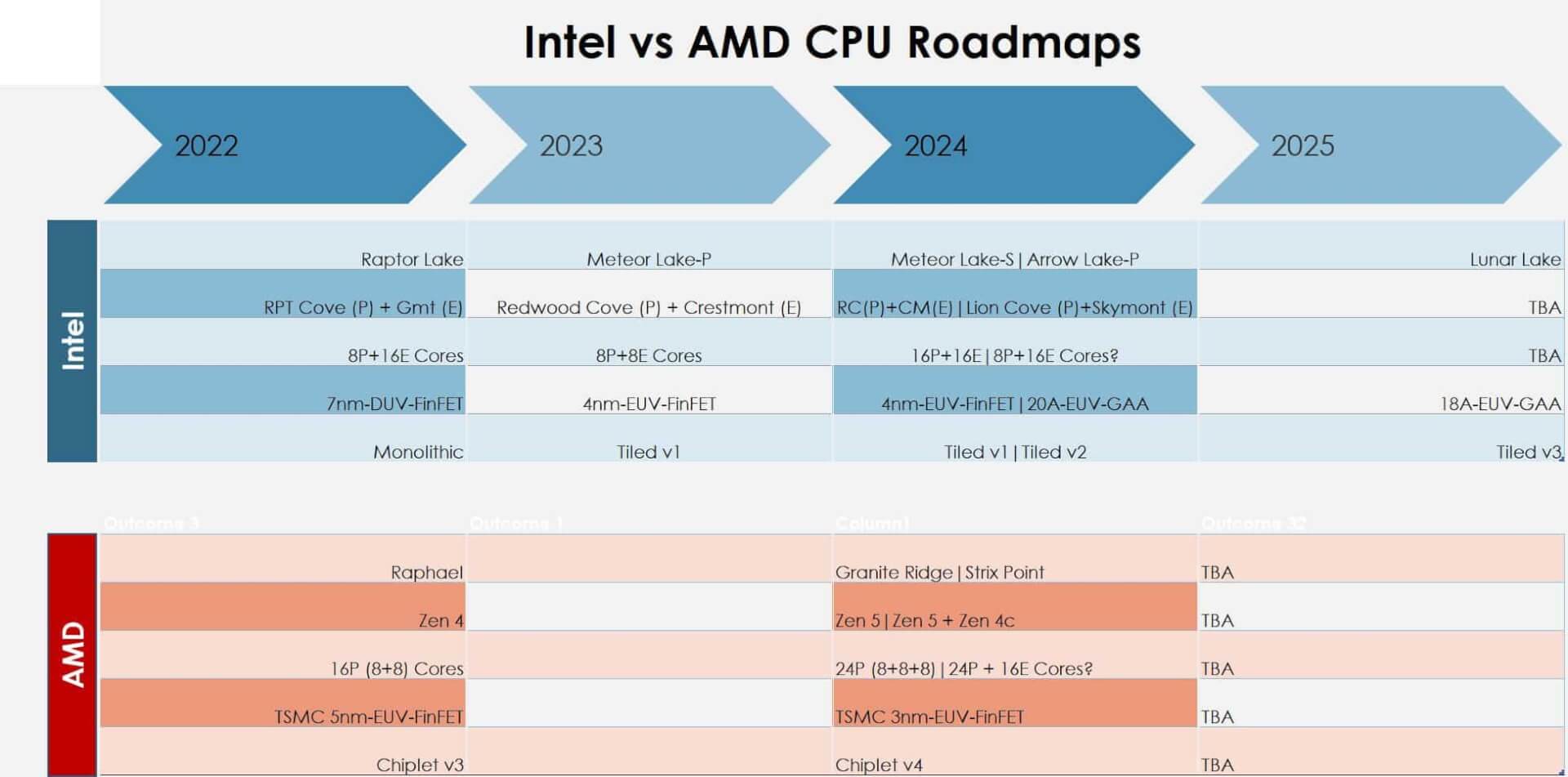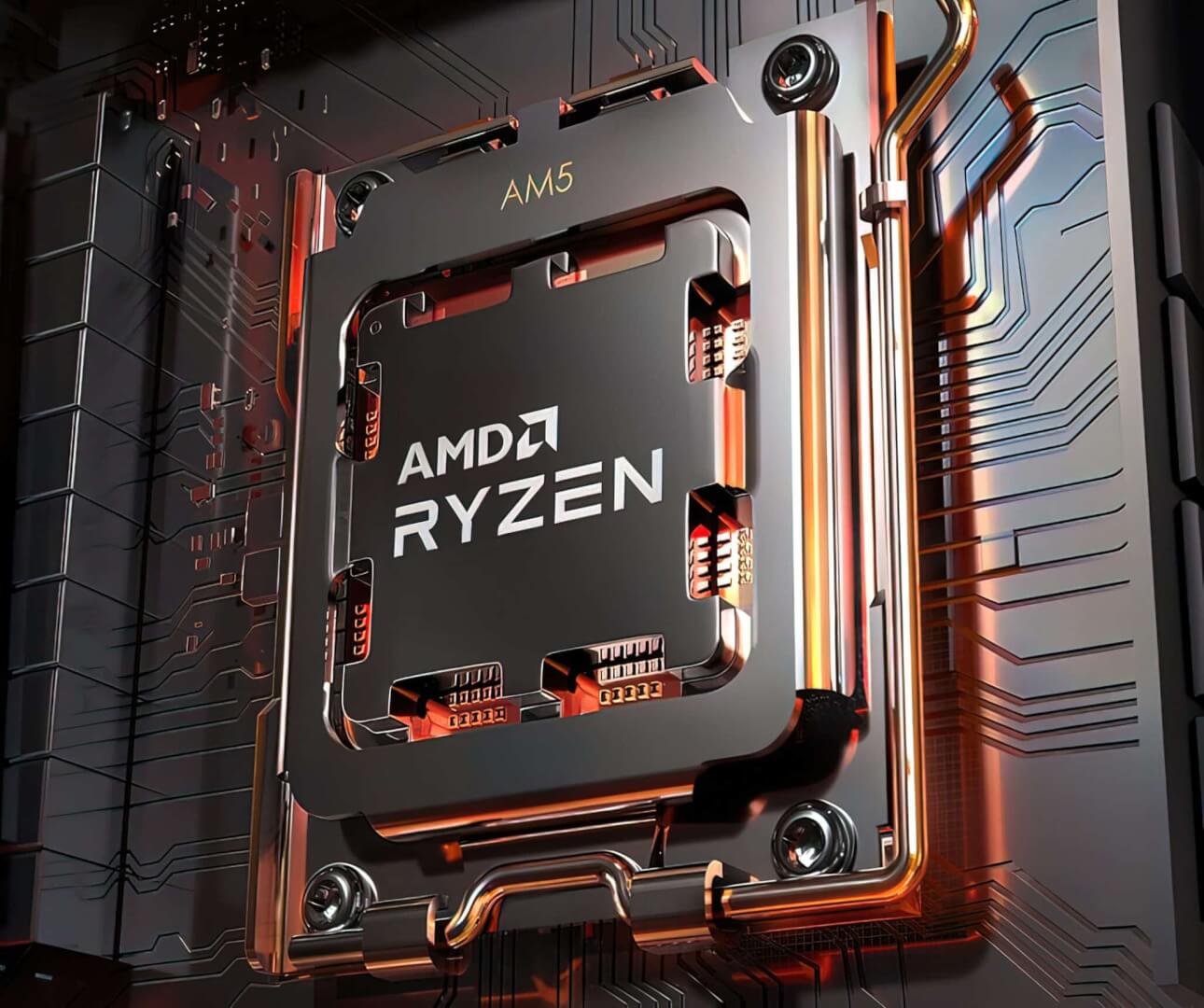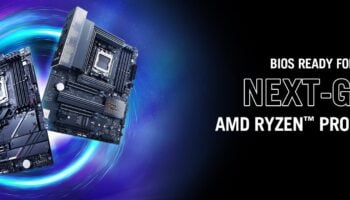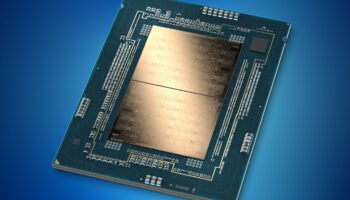AMD has issued a statement clearing up the confusion regarding the TDP and PPT of its upcoming Ryzen 7000 CPUs. According to the chipmaker, the new AM5 socket supports a TDP of up to 170W and a PPT (max power under load) of 229.5W. This increased power draw will improve the compute performance of high-end Ryzen CPUs otherwise known to throttle clocks under heavy load. AMD also confirmed that existing high-end coolers will be sufficient for these 170-230W chips, with most budget AIO coolers sufficing for the 105W parts.

AMD would like to issue a correction to the socket power and TDP limits of the upcoming AMD Socket AM5. AMD Socket AM5 supports up to a 170W TDP with a PPT of up to 230W. TDP*1.35 is the standard calculation for TDP v. PPT for AMD sockets in the “Zen” era, and the new 170W TDP group is no exception (170*1.35=229.5).
This new TDP group will enable considerably more compute performance for high core count CPUs in heavy compute workloads, which will sit alongside the 65W and 105W TDP groups that Ryzen is known for today. AMD takes great pride in providing the enthusiast community with transparent and forthright product capabilities, and we want to take this opportunity to apologize for our error and any subsequent confusion we may have caused on this topic.AMD to TomsHardware
In another interview with TPU, Robert Hallock answered a bunch of other questions. It looks like the Ryzen 7000 family will, after all, top out at 16 cores and 32 threads, at least at the time of launch. Coming to the controversial 15% single-threaded performance increase figure (over the 5950X), he conceded that AMD was deliberately conservative with their numbers and the exact IPC vs frequency figures will be published later on. The Ryzen 7000 CPUs are still in the bring-up (testing/debugging) phase.
The other key aspect of the Ryzen 7000 lineup is the increased boost frequency (to over 5GHz). According to Hallock, achieving 5.5GHz was “very easy”, and many games were able to hit an all-core frequency of over 5GHz rather easily.
Then there’s the recently released Ryzen 7 5800X3D which has been absolutely killing it. Flagship gaming performance on a CPU that is virtually compatible with every AM4 board released in the last 4-5 years. Hallock reiterated that we’ll be seeing 3D V-Cache variants of Zen 4 in the future in different flavors.
AVX-512 will be another feature supported by the Zen 4 core. This includes AVX-512 VNNI for neural networks and AVX-512 BLOAT16 for inferencing. These are both data center-oriented instructions which will likely be exclusive to the Epyc Genoa processors, and disabled on consumer Ryzen 7000 parts. With that said, AMD won’t be leveraging fixed-function hardware for this but rather a slower emulated form of it which will likely be on par with Intel’s implementation at least in terms of power efficiency.
Lastly, the Ryzen 7000 CPUs will come with 28 PCIe Gen 5 lanes, out of which four will be linked to the chipset. On X670E boards, graphics cards will need to run at Gen 5 x16 or x8 + x8, plus one M.2 NVMe x4 Gen 5 port. On X670, only the M.2 NVMe slot is required to be Gen 5, the top slot for graphics may or may not be Gen 5. On B650, only M.2 storage will be Gen 5.






